On Tuesday, some Bureau of Land Management plans for reforming the onshore federal oil and gas program became public. Language temporarily posted to the agency’s website indicates the Bureau may be planning to increase the royalty rate for onshore leases and better prioritize which federal lands are offered for lease. The two measures are the first concrete reforms to follow from the Department of the Interior’s review and report on the program ending in November 2021. Though not comprehensive, the changes would substantially improve the system for leasing federal land for oil and gas development and improve the fiscal return to taxpayers.
At the end of 2021, the Bureau of Land Management was overseeing more than 35,000 oil and gas leases covering more than 22 million acres of federal land. The Bureau issued those leases under terms that were set in the 1980s or before, and almost all include a royalty rate of 12.5% that was set back in 1920. In comparison, Texas, Oklahoma, North Dakota, New Mexico, Colorado, and California all charge 18.75% or more for at least some of their leases, as do federal leases in offshore waters.
The antiquated terms for federal onshore leases – particularly the low royalty rate – mean taxpayers are losing out on billions of dollars in potential revenue. If the federal government had been charging 18.75% for all oil and gas produced on federal lands over the last decade, taxpayers could have gotten up to $12.9 billion more in revenue. Half of that would have been shared with the states where federal leases are located.
Increasing the royalty rate to 18.75% for all new onshore leases, as the Bureau website indicated on Tuesday, would finally bring the return to federal taxpayers in line with other landowners. The move would also implement one of the recommendations from the Department of the Interior’s report on the federal oil and gas program published in November 2021. To improve the fiscal return to taxpayers, the report recommended increasing rates for individual lease sales and pursuing a rulemaking to set a higher minimum rate for all lease sales. The Bureau’s December 2021 regulatory agenda indicates a rule to increase the minimum royalty rate and increase other fiscal terms will be proposed in May.
Although the Bureau can take several steps to improve the federal oil and gas leasing system, Congress still needs to act to make royalty reforms permanent and tackle other reforms like eliminating noncompetitive leasing and free on-site use of federal gas for drilling companies. The House and Senate versions of the stalled Build Back Better Act included many such reforms, and Congress should continue working to enact them.
Contrary to misleading claims touted by the oil and gas industry, these reforms will NOT significantly reduce production from federal leases or lead to higher gas prices. Every study of the issue indicates that increasing the royalty rate will increase revenues to federal taxpayers and states while having a negligible effect on drillers’ interest in, and production on, federal lands.
Low Potential Land
The BLM draft language also announced that the agency would avoid including parcels with “low potential”—parcels that are less likely to produce oil and gas—in lease sales. The agency will take into account identification of development potential in resource management plans as well as current information when assessing parcels. This could be welcome news for taxpayers because lands that have low potential are often leased noncompetitively or sold at the minimum bid of $2/acre, yielding little revenue for taxpayers while locking the land up from other, more optimal uses like recreation, wildlife habitat, etc.
Federal oil and gas leases are sold competitively through online auctions, with a minimum bid requirement of $2 per acre. However, if parcels offered at lease sales do not receive a minimum bid, they are available on a first-come, first-serve basis for two years starting on the next business day with no bid. Both competitive and noncompetitive leases are leased for a primary term of 10 years.
Roughly 5.6 million acres offered for lease in the last 10 fiscal years did not receive a bid at auction. Cutting down on these excess acres the Bureau spends millions of dollars vetting would better prioritize agency resources without much or any loss because the noncompetitive leases issued for some of those acres and even leases sold for low bids at auction hardly ever produce oil and gas. A 2020 Government Accountability Office (GAO) report analyzed oil and gas leases that started in FY2003 through FY2009 and found that during the leases’ 10-year primary terms:
- 2 percent of noncompetitive leases ever entered production, bringing in 1.4 percent of total royalties generated during the primary terms of the selected leases;
- 9 percent of competitive leases sold at the $2/acre minimum bid ever entered production, generating 3.4 percent of total royalties;
- In comparison, 25.9 percent of competitive leases with high bonus bids above $100 per acre entered production, accounting for 75.7 percent of all royalties generated
The report also found that from FY2003 to FY2009, competitive leases comprised of about 62 percent of all acres leased but accounted for about 89 percent of revenues. TCS report, Gaming the System: How Federal Land Management and Oil and Gas Policies Fail Taxpayers in Nevada, found that out of 2,500 noncompetitive leases issued since 1999 in Nevada, only two entered production.
Noncompetitive leases rarely lead to oil and gas production and generate little return for taxpayers. The noncompetitive system is often exploited by speculators who seek profits by reselling leasing rights, or by oil and gas companies that want to appeal to investors by having extensive undeveloped acreage. From 2001 to 2020, the BLM issued 6,450 noncompetitive leases covering 11.26 million acres, or 28 percent of all federal lands leased for oil and gas development. Nevada accounted for more than half (5,971,288) of the 11.26 million acres leased noncompetitively, followed by Montana (1,296,696 acres), Wyoming (1,065,786 acres), and Utah (994,552 acres). Two well-known speculators in Nevada held titles to 78 leases covering more than 200,000 acres as of May 2021. Another particular egregious example is the December 2017 lease sale in Montana, when the BLM field office offered 204 parcels for auction and received bids on 55 of them, on par with industry interest in previous sales. However, the BLM field office received noncompetitive offers for 132 of the remaining 149 parcels the day after the lease sale, all made by one company, Highlands Montana Corporation.
Noncompetitive leasing does not benefit companies that follow the standard competitive. Ending this practice would not impact drillers’ ability to produce oil and gas and would instead make land that is unlikely to produce oil and gas more readily available for other uses like recreation, wildlife habitat, etc. The oil and gas industry acknowledged that letting “bad actors” nominate huge swathes of land with low potential and then refrain from bidding on them at auction makes the industry look bad and wastes BLM resources.
Not including parcels with “low potential” for oil and gas production in lease sales is a first step to prioritize BLM resources to prepare acres that will generate better return for taxpayers. The BLM could also consider imposing an expression of interest fee, according to a recent GAO report. Such a fee can discourage frivolous nominations and make oil and gas companies more likely to nominate parcels they are actually interested in developing. Currently, the public (usually oil and gas companies) can nominate parcels of land to be included in lease sales free of charge. However, from 2009 to 2019, 87 million acres of land was nominated for oil and gas leasing, but only 14 million acres or 21 percent were eventually leased. As a result, the BLM wastes taxpayer dollars on evaluating nominations that will never lead to leases. An expression of interest fee can help the BLM recover the costs of administering the federal oil and gas program and make sure that oil and gas companies pay when they want to nominate federal lands for oil and gas development.
Apart from agency actions, Congress should continue to push to make important oil and gas leasing reforms permanent. Both the House and Senate versions of the stalled Build Back Better Act include important leasing reforms that will help ensure taxpayers receive a fair return for the oil and gas resources we all own.


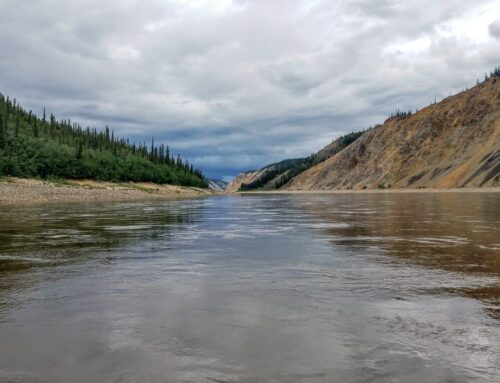
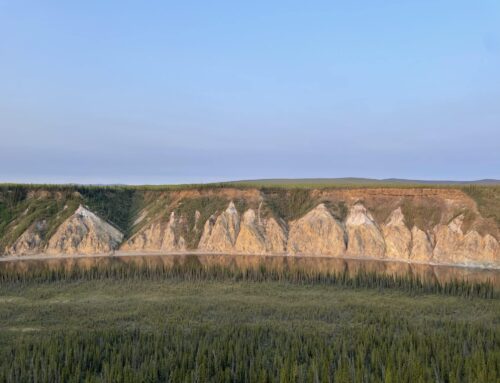
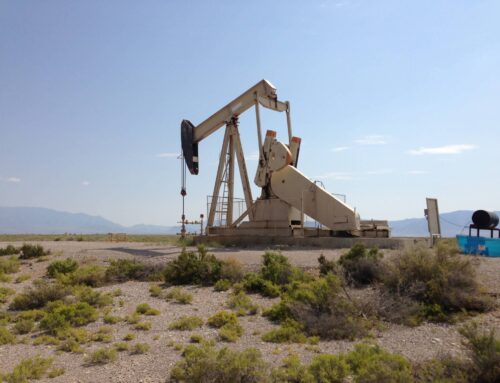

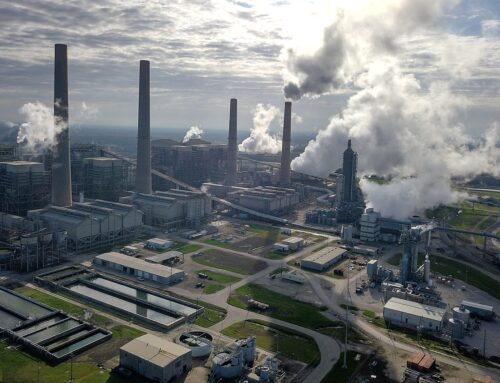
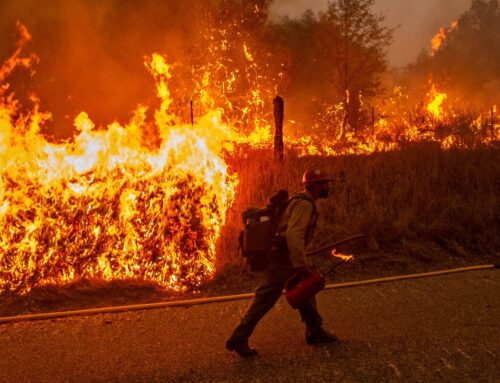



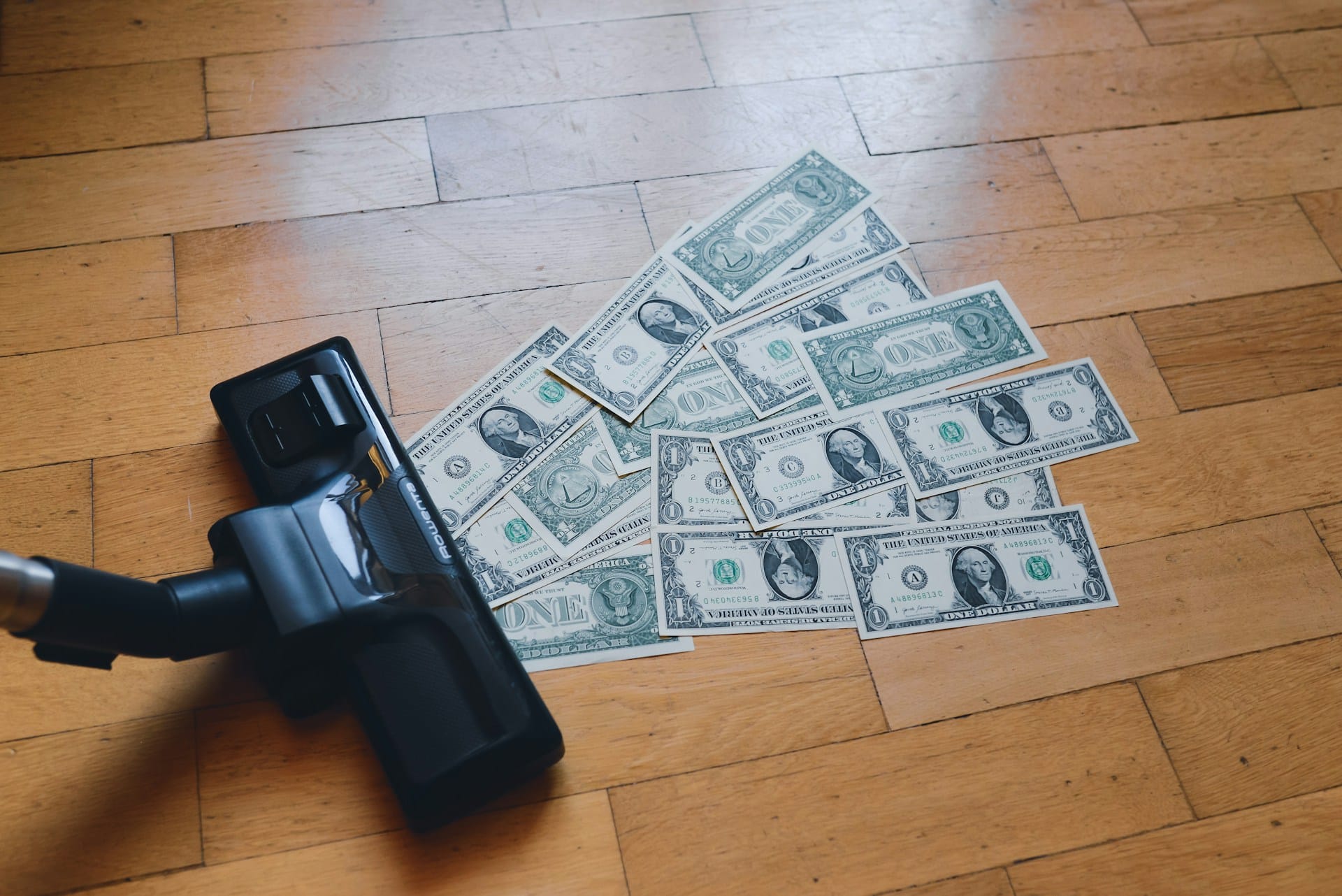
Get Social